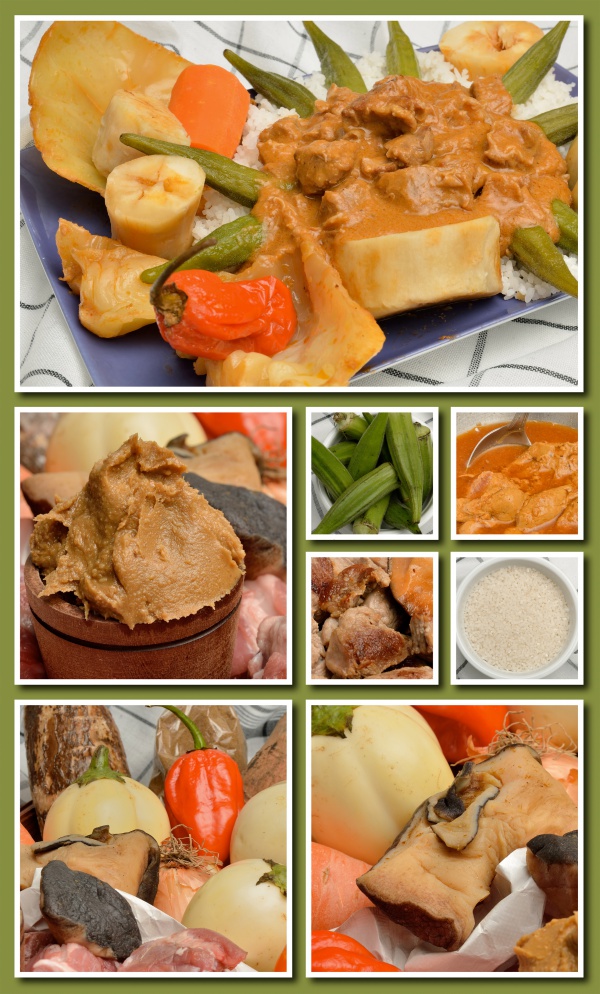Facts About Maafe
Peanut stew, also known as groundnut stew or maafe, is a cherished dish originating from Western Africa, particularly among the Mandinka and Bambara people of Mali. It’s a staple in several West African countries, including Senegal, Gambia, and Cameroon, and has even found its way to France. The stew’s rich base comprises groundnuts, typically in the form of peanut butter or paste, combined with tomatoes. It can be prepared with lamb, beef, chicken, or even as a vegetarian option.
The allure of maafe lies in its versatility. It can include a variety of ingredients such as onions, garlic, cabbage, okra, corn, carrots, and a blend of spices like cinnamon, hot peppers, and paprika.
In Senegal, Mauritania, and Gambia, maafe is commonly enjoyed with white rice. In Mali, it’s paired with fonio or millet dough. In Northern Nigeria, Niger, and Northern Ghana, it is served with tuwo or omo tuo, while Sahelian countries prefer it with couscous. In tropical regions like the Ivory Coast, it’s often accompanied by fufu and sweet potatoes. There are also unique versions, such as Um'bido, which includes greens, and Ghanaian maafe, which is cooked with boiled eggs.
Interestingly, the dish has influenced other cuisines too. In North America, there is a variation called "Virginia peanut soup" which was introduced by enslaved Africans.
In The Gambia, a distinctive type of groundnut stew known as Domoda is a national treasure. Made with ground peanuts or peanut butter, meat, onions, tomatoes, garlic, seasonal vegetables, and spices, it’s typically served over rice or findi, a grain similar to couscous. Domoda, like maafe, has many regional adaptations and is a proud part of West Africa’s culinary heritage.

 Togo
Togo